A staggering 85% of Cannes Film Festival opening films over the past decade have been directed by established filmmakers with at least three previous major features—until this year’s unprecedented shift that put a first-time director in the spotlight¹.
Red Carpet Reality Check
Let’s be honest—Cannes typically kicks off with champagne-soaked platitudes about cinema’s transcendent power, but 2025 is clearly not business as usual. When Robert De Niro took the stage for his Lifetime Achievement Palme d’Or, he didn’t just offer polite thanks. Instead, he delivered what I’d call a masterclass in speaking truth to power, directly addressing Trump’s regime and those ominous tariffs threatening non-American films.
You could practically feel the atmosphere shift in the Grand Théâtre Lumière. The usual red-carpet frivolity? Suddenly replaced by something far more substantial. Think about it: every major section opened with films anchored firmly in realism. This isn’t coincidence—it’s the industry responding to a world where escapism feels increasingly like an irresponsible luxury.
Opening Night Gamble Falls Flat
I’m still processing the sheer audacity of what Cannes attempted this year. In breaking 77 years of tradition by placing newcomer Amélie Bonnin’s “Leave One Day” in the opening slot, the festival committee made a statement that, frankly, the film itself couldn’t support.
Let’s analyze what we’re dealing with here: a tepid musical following a celebrity chef (Juliette Armanet) who returns to her parents’ roadside café and reconnects with former schoolmates, including a lovesick admirer (Bastien Bouillon). The premise isn’t inherently problematic, but the execution certainly is.
The musical numbers lack any semblance of vitality—Armanet’s performance is serviceable (she is, after all, an established singer), but the supporting cast’s efforts range from charmingly amateur to borderline awkward. To put it in context, this isn’t just distant from Jacques Demy’s transcendent work; it barely registers compared to Christophe Honoré’s 2007 “Love Songs,” itself a modest entry in the French musical canon.
While I appreciate the festival’s theoretical commitment to platforming new voices, throwing Bonnin to the critics with such undercooked material seems almost sadistic. It raises a fascinating question about institutional responsibility: is showcasing new talent at any cost actually serving these filmmakers’ careers?

Sidebar Selections: Promise Without Punch
Moving over to Un Certain Regard—traditionally where Cannes positions its more challenging voices—we find “Promised Sky” from Tunisian director Erige Sehiri. I’ve been following Sehiri since her captivating “Under the Fig Trees” premiered here in 2022, which makes this sophomore effort all the more disappointing.
The film introduces us to three sub-Saharan women navigating increasing xenophobia in Tunis. On paper, it’s compelling material, especially with Aïssa Maïga’s forceful presence as a journalist-turned-pastor. The genuine discovery here is Debora Lobe Naney, whose portrayal of a resourceful hustler crackles with authentic energy whenever she’s onscreen.
So where does it falter? It’s in the dramatic architecture. For all its meticulously researched authenticity (and believe me, Sehiri clearly did her homework), the film struggles to transcend what amounts to a sociological case study. You’ll learn plenty about immigrant experiences in contemporary Tunisia, but you might not feel much beyond intellectual recognition of their struggles. It’s the classic documentary-fiction hybrid trap—capturing truth but missing the transformative power that great narrative cinema demands.

Legacy and Loss in Directors’ Fortnight
The Directors’ Fortnight often provides Cannes’ most intriguing counterprogramming, and this year delivered something unexpectedly poignant with “Enzo,” credited as “A film by Laurent Cantet”—the Palme d’Or winner who passed away last year.
There’s something deeply moving about watching a final work completed by longtime collaborator Robin Campillo. I couldn’t help but analyze it through dual lenses: as both culmination of Cantet’s career-long exploration of youth in crisis and as an extension of Campillo’s more explicitly queer cinema.
What we get is a thoughtfully constructed character study centered on a privileged teenager (newcomer Eloy Pohu, whose raw performance suggests someone to watch) rejecting his predetermined bourgeois path to work on a construction site. It’s here he develops feelings for a Ukrainian laborer (Maksym Slivinskyi)—a relationship depicted with refreshing complexity.
The film’s tactile qualities are remarkable—you can practically feel the Mediterranean summer heat radiating from the screen. Where it stumbles, though, is in its thematic ambition. The threads of adolescent rebellion, sexual awakening, and the shadow of war in Ukraine don’t quite form a cohesive whole. But isn’t there something appropriate about this incompleteness? Like a conversation cut short, “Enzo” stands as both worthy coda to Cantet’s filmography and bridge to wherever Campillo’s distinctive vision takes us next.
Critics’ Week: Clinical Precision
Anyone who’s followed Belgian filmmaker Laura Wandel’s career knows she doesn’t do comfort. Her Critics’ Week opener “Adam’s Sake” confirms her as one of cinema’s most uncompromising formalists—for better and worse.
Let’s talk about formal choices: Wandel’s spiritual debt to the Dardenne brothers (with Luc Dardenne serving as script advisor) is evident in every frame. That relentlessly proximate handheld camera breathing down Léa Drucker’s neck as she navigates hospital corridors creates an almost unbearable intimacy. We’re not just watching a senior pediatric nurse caring for an undernourished 4-year-old; we’re practically inhabiting her professional anxiety.
Drucker delivers what might be her career-best performance—communicating volumes through micro-expressions while navigating the moral complexities posed by the child’s troubled mother (the always-compelling Anamaria Vartolomei, whom you might remember from Audrey Diwan’s harrowing abortion drama “Happening”).
What fascinates me about Wandel’s approach is how she elevates procedural detail to moral inquiry. The film almost never escapes the claustrophobic hospital setting, creating a pressure-cooker environment where every decision carries weight. There’s nothing particularly innovative in the filmmaking language—we’ve seen this naturalistic style before—but its execution reaches a level of precision that transforms familiar techniques into something genuinely affecting.
I couldn’t help wondering, though: does the film’s clinical approach ultimately create too much distance from the emotional stakes? I’m still wrestling with that question, which might be exactly what Wandel intended.

Competition’s Dark Horse
Now, let’s talk about what might be the most intellectually stimulating entry in the official competition so far: Mascha Schilinski’s “Sound of Falling.”
I went into this screening with minimal expectations—Schilinski’s debut feature received limited distribution—and emerged two hours later with that rare sensation of having encountered something genuinely original. Here’s a film that doesn’t just invite analysis; it demands it.
Structured around a farmhouse in northeast Germany, the narrative weaves together the experiences of girls and women across a century—from pre-World War I through the Cold War division along the Elbe River to present day. But calling this a “narrative” in any conventional sense misses what makes it so distinctive.
Schilinski rejects linear storytelling for something far more fluid and associative. Periods and characters don’t just transition; they interpenetrate one another’s realities in ways that feel simultaneously intuitive and destabilizing. The effect isn’t confusing so much as hypnotic—like witnessing time as layered rather than sequential.
The visual language relies heavily on recurring motifs: flies trapped against windows, writhing eels, voyeuristic glances through keyholes. But it’s the sound design that truly distinguishes the work. Have you ever noticed how most films, even art house darlings, play it relatively safe with sound? Schilinski creates an extraordinary sonic landscape that alternates between unsettling silence and overwhelming rumbles that seem to emanate from some cosmic source beyond the frame.
What stays with you is how the film treats historical trauma—not as discrete events but as ongoing resonances that echo across generations. In this sense, “Sound of Falling” operates almost like a theoretical text on cultural memory, but one that communicates through sensory experience rather than academic language.
I’d argue this is exactly the kind of formally adventurous, conceptually rich cinema that Cannes should be championing, especially in a year when pragmatism threatens to override artistic risk-taking.
As Cannes 2025 continues to unfold, I find myself thinking about what this festival truly represents in our current moment. Beyond the glitz that financial publications love to quantify (did you know a single prime hotel room during these two weeks costs more than many filmmakers’ entire production budgets?), Cannes has always been a cultural barometer.
This year’s programming suggests an industry caught between acknowledging harsh realities and preserving cinema’s capacity for transcendence. The unexpected triumph of Schilinski’s experimental approach amid so much straightforward realism hints at something essential: perhaps in uncertain times, we need both unflinching depictions of our world and radical reimaginings of how we might perceive it.
I’ll be tracking how this tension plays out in the coming days. Will the jury reward formal innovation or social commentary? Can the remaining films find ways to bridge this divide? Whatever happens, this much is clear—even in its 78th edition, the festival remains vital ground for these conversations. The real question is whether we’re prepared to have them honestly.
¹Analysis of Cannes Film Festival programming data, 2015-2024. (International Film Institute, 2024).
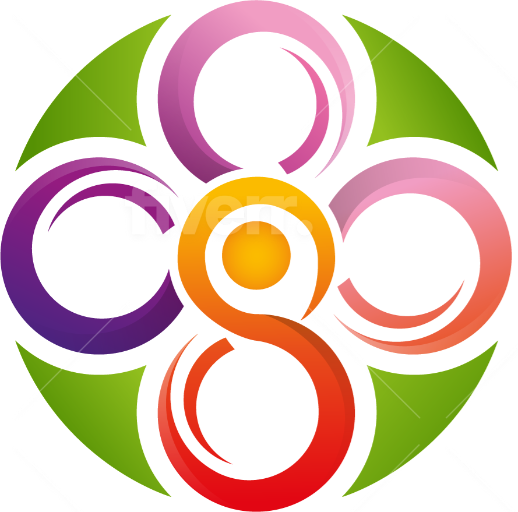

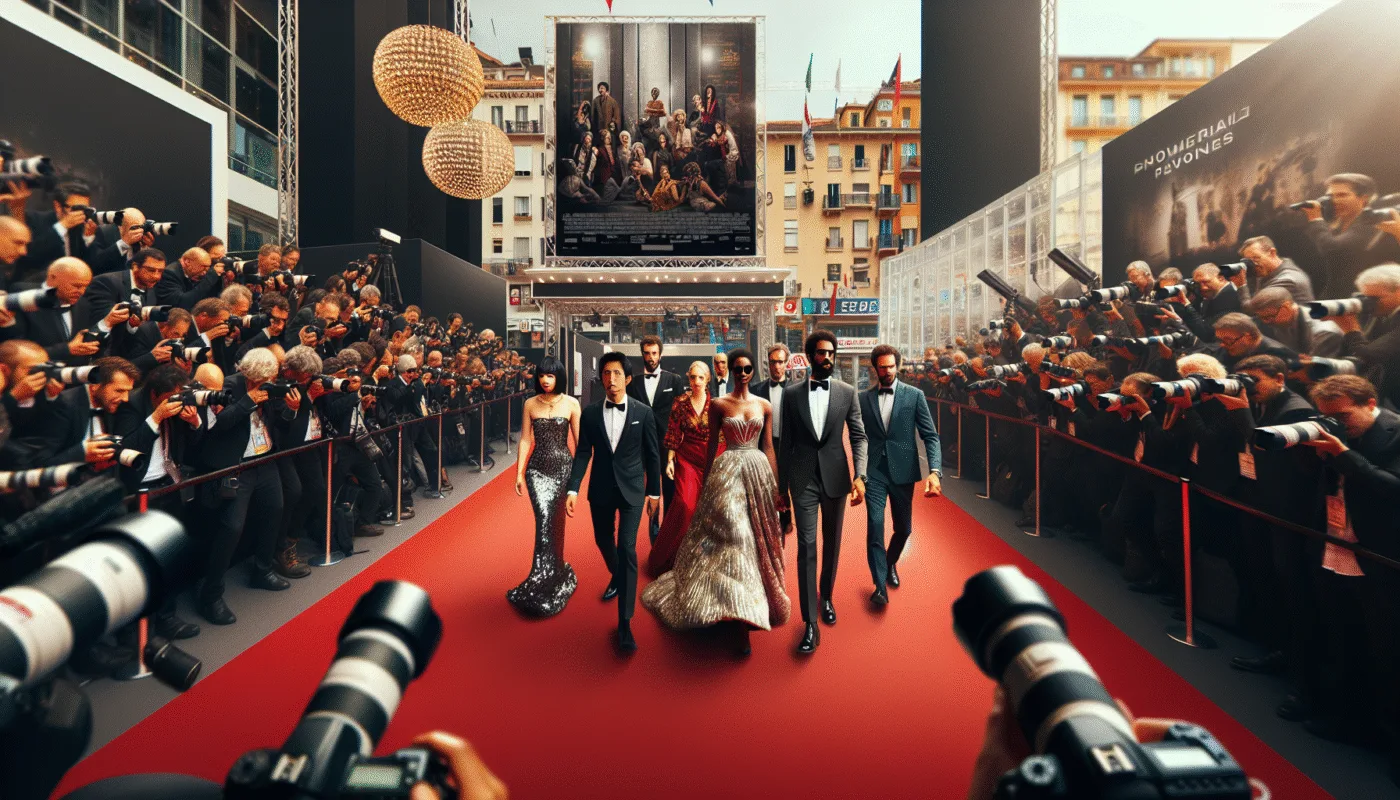
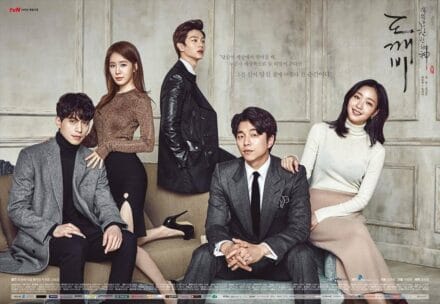
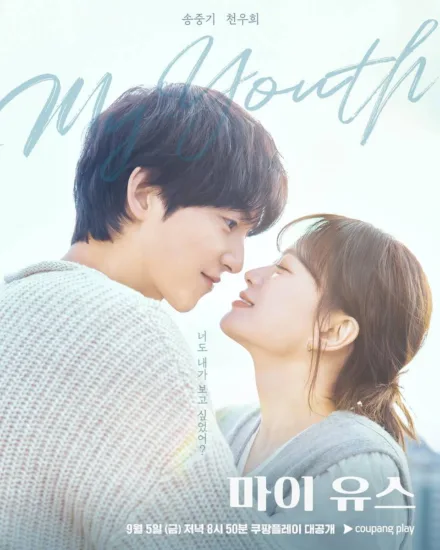
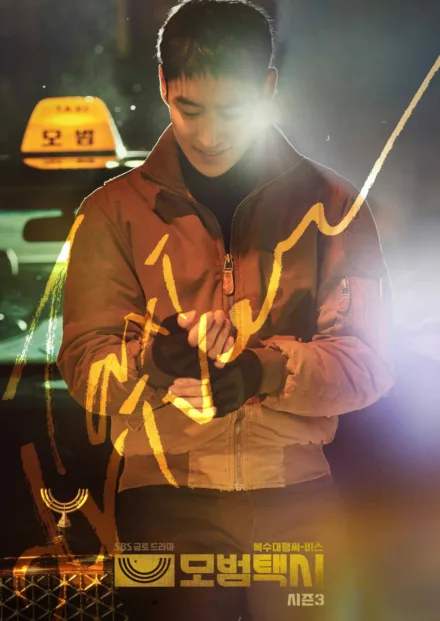
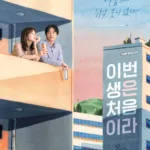
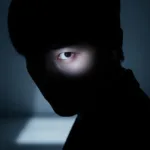
Leave a Comment